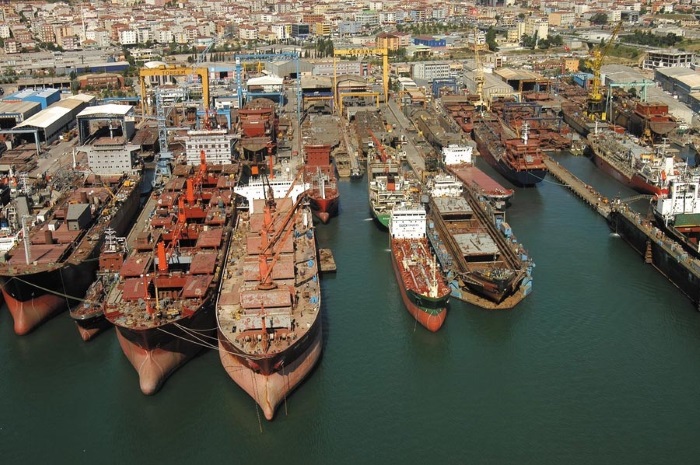The number of “green” ships ordered is growing in size, as the industry is beginning its long journey towards decarbonization. In its latest weekly report, shipbroker Intermodal said that “the shipping decarbonization pathway is well underway. During 2022 the process of decarbonization has hit a turning point as the majority of the newbuilt vessels ordered incorporated some kind of emission abatement technology and/or were capable of or ready to use alternative fuels. The subsequent trend has been extended through 2023 so far and is anticipated to be long-lived”. According to Ms. Chara Georgousi, Research Analyst, “in terms of alternative fuels, at the time of writing, 0.54% of the world fleet is using alternative fuels, while 14.69% of the total orderbook will be alternatively fueled. We can now count 911 vessels in water using LNG, 182 vessels using LPG, 127 vessels using methanol, and only 27 vessels using hydrogen. Out of the current orderbook, 10.31% of the vessels are LNG-fueled, 2.03% are methanol-fueled, 1.91% are LPG-fueled, and just 0.42% are powered by hydrogen. During the first five months of 2023, 20% of the vessels that have been ordered will have the capability to use alternative fuels. More specifically, 6% out of them will be LNG-fueled, 9% are methanol-fueled, and only 5% are LPG fueled”. Intermodal’s analyst added that “at the time of writing, we can count 5,122 scrubber-fitted vessels, out of which 34.67% are bulkers, 23.62% are containers, 13.86% are crude oil tankers and 11.42% are chem/oil tankers. In particular, 30.75% of the world crude oil tanker fleet is scrubber fitted, followed by containers with a share of 20.38% of the world container fleet and bulkers with 13.32% of the world dry bulk fleet. Under the current IMO regulations, ships with scrubbers installed can continue to burn HSFO. Scrubbers typically have a payback time between 2 and 3 years when the spread between HSFO and VLSFO is wider than $100/mt. However, the spread is now at considerably lower levels than the highs seen in July 2022 and although it has been narrowing on the back of recessionary worries, HSFO prices have held up better than VLSFO. As a result, demand for scrubber retrofits has dramatically softened compared to the peak seen in 2019 and since scrubber retrofits at shipyards are scheduled months or years in advance, we anticipate that the scrubber market will remain at or near its current level. The majority of the scrubber installation projects are retrofits, with the share of the vessels that have been retrofitted reaching 67%, while only 33% of the vessels have been fitted with scrubbers at their newbuilding stage. However, during the first five months of 2023, we have witnessed an increase in newbuilding orders for vessels with scrubbers. More specifically, according to our preliminary data, 153 scrubber-fitted vessels have been reportedly ordered compared to 111 for the same period in 2022 and 179 for the whole of 2022”.
Source : Hellenic Shipping News





